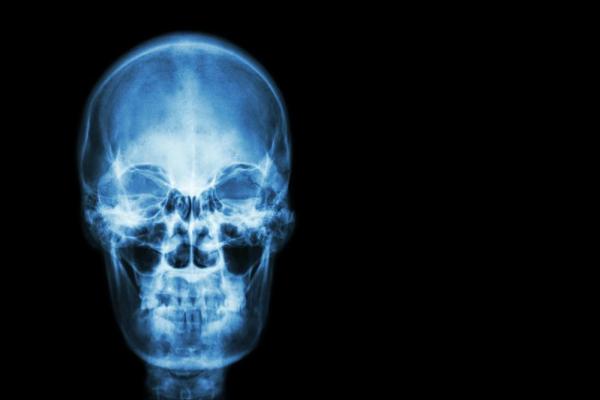
CLEVELAND, Sept. 28 (UPI) — Treatment is more likely to help brain function return for stroke patients the sooner it is given, but a new study suggests doctors have more time to do so than they previously thought.
If clot-removal surgery is done within 7.3 hours, patients have a good chance for full recovery of function after a stroke, about 1.3 hours more time than standard practice suggests, researchers report in the study.
“Time is brain,” Dr. Mayank Goyal, a professor of radiology at the University of Calgary, told ABC News. “The faster we can re-establish blood flow to brain, the higher the likelihood of the patients having a good outcome and going back to independent living.”
Although some patients can benefit from clot removal surgery after longer time frames, the chance for full recovery significantly drops as blood flow in the brain is blocked.
For the study, published in the Journal of the American Medical Association, researchers analyzed medical data on 1,287 patients enrolled in five clinical trials for stroke treatment.
They found patient outcome was best if clots were cleared within the first two hours after a stroke, but patients treated up to 7.3 hours after a stroke still showed benefit from the surgery, rather than drug treatment to clear the clot.
The researchers also found that for every six-minute delay in treatment, there is a 1 percent increase in the proportion of people who had sustained, stroke-related disabilities.





